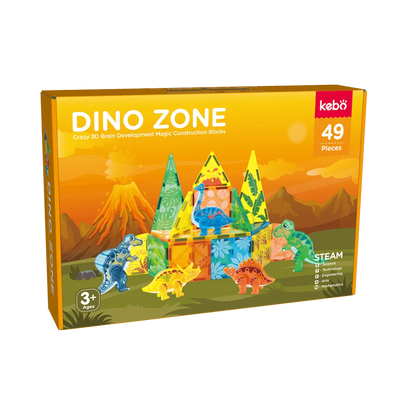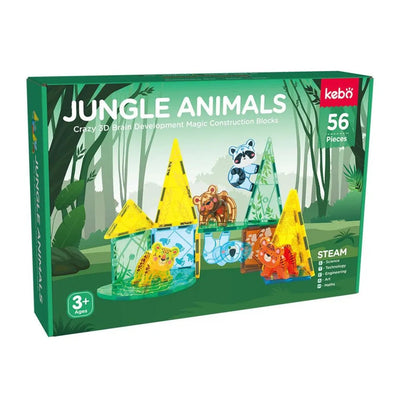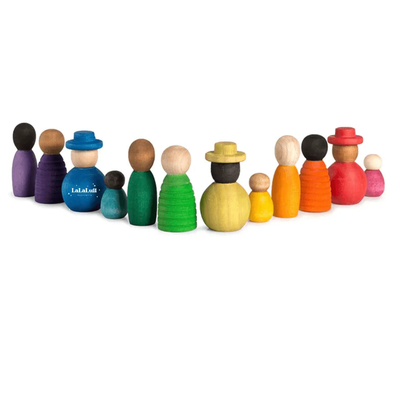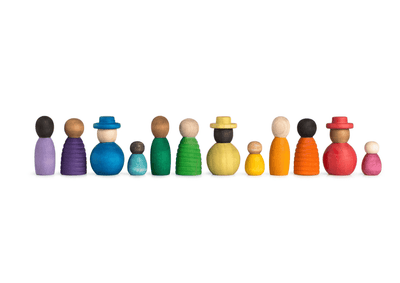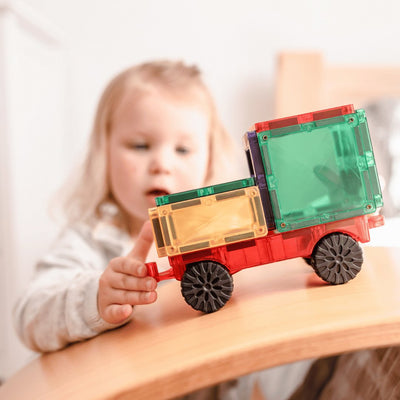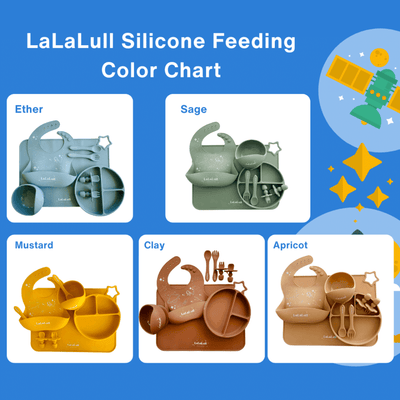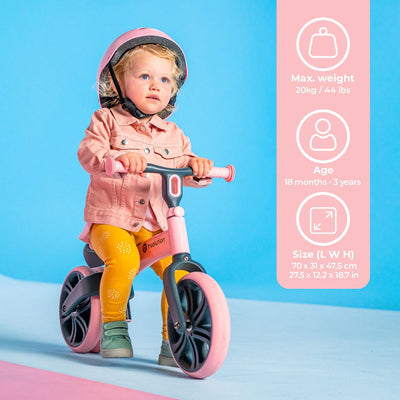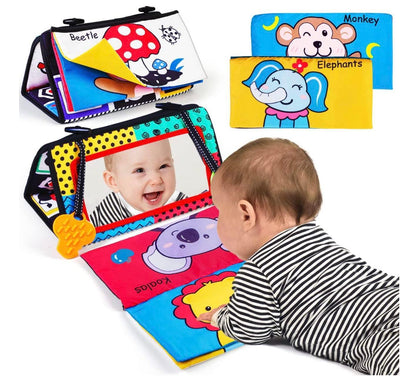As parents, we all want the best for our children, especially when it comes to their development. One effective way to support a baby's growth is through the use of sensory toys. These toys are designed to stimulate a baby's senses and promote cognitive and motor skill development. In this blog, we will explore how sensory toys for babies aid in these crucial areas of growth.
Understanding Sensory Toys
Sensory toys are specifically designed to engage a baby’s senses, including sight, sound, touch, taste, and smell. These toys often feature bright colors, various textures, sounds, and sometimes even scents. By engaging multiple senses at once, sensory toys help babies learn about the world around them in a safe and enjoyable way.
Cognitive Development
1. Enhancing Perception and Awareness: Sensory toys help babies understand different textures, colors, shapes, and sounds. This sensory input is crucial for developing perception and awareness, which are the building blocks for more complex cognitive skills.
2. Stimulating Curiosity and Exploration: When babies interact with sensory toys, they become curious about how these toys work. This curiosity leads to exploration and experimentation, which are key components of cognitive development. For example, a baby might learn cause and effect by pressing a button on a toy to hear a sound.
3. Improving Focus and Attention: Sensory toys often require babies to focus on specific tasks, such as stacking rings or fitting shapes into corresponding holes. These activities help improve a baby's attention span and concentration, which are essential for learning and problem-solving.
Motor Skill Development
1. Fine Motor Skills: Fine motor skills involve the coordination of small muscles, particularly in the hands and fingers. Sensory toys like building blocks, textured balls, and shape sorters encourage babies to grasp, squeeze, and manipulate objects. These actions help strengthen the muscles and improve hand-eye coordination.
2. Gross Motor Skills: Gross motor skills involve larger muscle groups and movements such as crawling, walking, and jumping. Sensory toys that promote movement, like activity gyms, play mats, and sensory balls, encourage babies to use their whole body. This physical activity is essential for developing balance, strength, and coordination.
3. Hand-Eye Coordination: Many sensory toys require babies to use their hands and eyes together to complete tasks. For example, stacking cups or fitting shapes into a sorter help improve hand-eye coordination, a skill that is vital for many everyday activities.
Examples of Effective Sensory Toys
1. Textured Balls: These balls come in various textures and sizes, encouraging babies to explore different feels and grips. They are excellent for developing both fine and gross motor skills.
2. Activity Gyms: These play mats come with hanging toys that babies can reach for, kick, and grab. They stimulate visual and tactile senses while promoting physical activity.

3. Stacking Rings: This classic toy helps babies learn about size and order while developing fine motor skills and hand-eye coordination.

4. Shape Sorters: Shape sorters are great for teaching babies about shapes and colors while enhancing their problem-solving skills and fine motor abilities.

5. Tummy Time Toys with Mirror: Tummy time is crucial for developing a baby's neck and shoulder muscles. Tummy time toys with mirrors encourage babies to lift their heads and look at their reflection, promoting visual tracking, neck strength, and core stability. The mirrors can captivate their attention and make tummy time more enjoyable.

Tips for Parents
1. Choose Age-Appropriate Toys: Ensure that the sensory toys are suitable for your baby's age and developmental stage. This ensures safety and maximizes the benefits of the toys.
2. Supervise Playtime: Always supervise your baby while they are playing with sensory toys, especially those with small parts that could pose a choking hazard.
3. Rotate Toys: To keep your baby engaged, rotate their sensory toys regularly. This keeps playtime fresh and stimulating.
4. Encourage Exploration: Allow your baby to explore and interact with the toys at their own pace. Avoid directing their play too much; let their curiosity lead the way.
Conclusion
Sensory toys are an invaluable tool in aiding your baby’s cognitive and motor skill development. By providing a range of sensory experiences, these toys help lay the foundation for essential skills that your baby will build upon as they grow. Incorporating sensory toys into your baby's playtime not only supports their development but also provides endless opportunities for fun and learning.
Investing in a variety of sensory toys and engaging with your baby during playtime can make a significant difference in their developmental journey. So, the next time you’re looking for toys, consider the sensory benefits and watch your baby thrive
